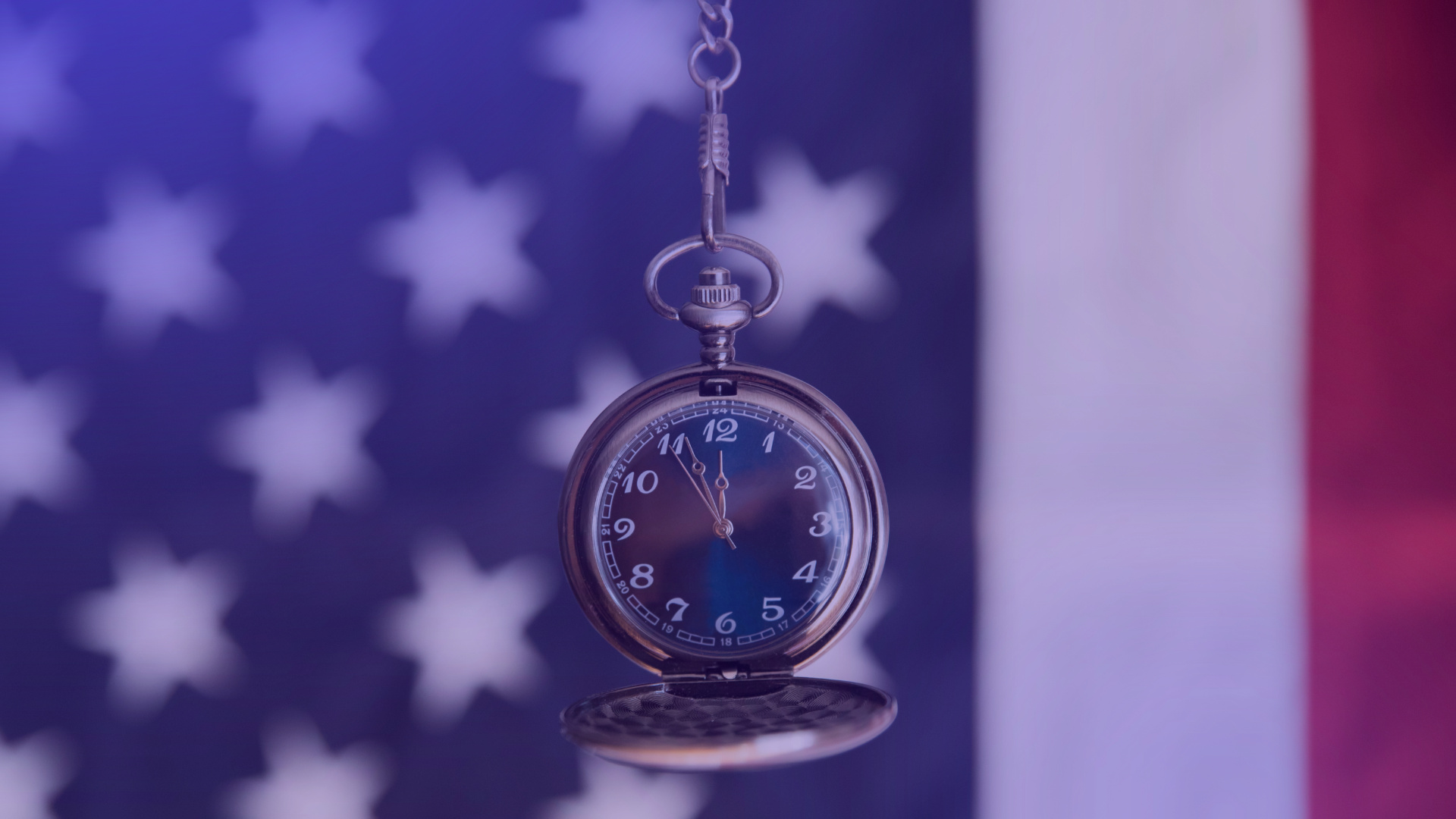Sets the Stage for a New Era in Tax Policy
On the eve of Independence Day, Congress has delivered a sweeping tax reform package that could redefine the landscape for American businesses and investors. After months of negotiation, political uncertainty, and procedural hurdles, the One Big Beautiful Bill has officially passed both chambers of Congress and is now headed to the President’s desk.
A Procedural Vote That Unlocked the Path
It began on Saturday night, when the Senate voted 51–49 to advance the bill into formal debate. That procedural vote, which required significant negotiation with key Republican holdouts, opened the floor to amendments and final consideration.
At the same time, the Senate released the full 940-page legislative draft, revealing the details that would dominate Sunday’s coverage and Monday’s vote-a-rama.
Monday’s Vote-a-Rama: Policy in Motion
By 9 a.m. Monday, June 30th, the Senate launched into a vote-a-rama—a fast-moving series of amendment votes and floor debates. Key business provisions remained intact throughout, including:
- Full restoration of Section 174 R&D expensing
- Retroactive application to 2022 for small businesses
- Accelerated amortization options for larger businesses
- A phased sunset of Section 179D starting in mid-2026
- A temporary increase in the SALT cap to $40,000
As amendments came and went, the Senate prepared for a full vote.
July 1: Senate Split, Vance Breaks the Tie
At 12:00 PM on Tuesday, July 1st, the Senate delivered a dramatic 50–50 split vote on the full bill. Vice President J.D. Vance cast the tie-breaking vote, giving the bill final passage in the Senate.
The House Acts Fast
Within hours of the Senate vote, the House of Representatives convened to review the Senate-passed version. Despite moments of resistance—including an 8 hour and 44 minute long floor speech from House Minority Leader Hakeem Jeffries opposing the bill—the House ultimately passed the legislation without changes. This avoided reconciliation and cleared the path for the bill to move directly to the President for signing on July 4th.
What Happens Now
With passage complete, the bill is expected to be signed into law at 5 p.m. on July 4, 2025. For business leaders and tax professionals, that means it’s time to act.
Key Implications
- R&D expensing is fully restored. Businesses can now deduct qualified research expenses in the year incurred, reversing the amortization rule that began in 2022.
- Small businesses (under $31M in average gross receipts) may be eligible for retroactive relief, allowing amended returns and immediate tax refunds for 2022 and 2023.
- Larger businesses benefit from interim accelerated amortization rules until full expensing becomes standard.
- Section 179D remains available for energy-efficient building projects but begins to phase out for buildings starting construction after June 30, 2026.
- The SALT cap sees a temporary increase to $40,000, reverting to $10,000 in 2031.
What You Should Do Next
- Review your 2022–2024 R&D activities for potential refunds or credit expansion.
- Prepare revised tax forecasts and models to reflect new deductions.
- For energy-efficient construction, review project timelines in light of the proposed 179D phase-out.
- Stay tuned for guidance on implementation timelines, IRS updates, and amended return procedures.
Final Thought
After years of legislative back-and-forth, we’re finally seeing an end in sight. The One Big Beautiful Bill marks a pivotal shift in tax planning, innovation investment, and long-term business strategy—opening new opportunities for proactive financial leadership. The One Big Beautiful Bill has rewritten the script for tax planning, innovation investment, and long-term business strategy.
ABGi-USA will continue providing insights, tools, and personalized support as you prepare to take full advantage of these sweeping changes.
🔗 Contact us or explore insights at abgi-usa.com
📩 Stay Ahead of Tax Policy Shifts
Not on our update list? Sign up here to receive ABGi’s insights directly in your inbox.



